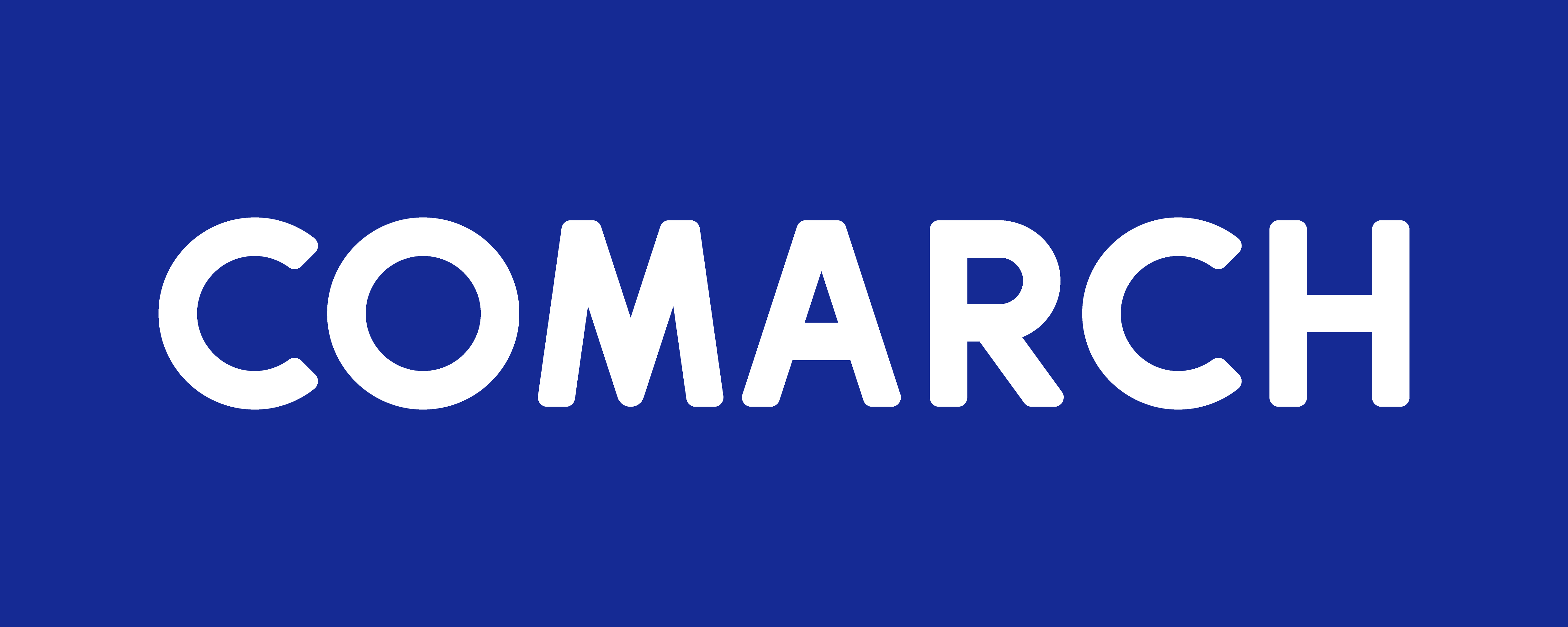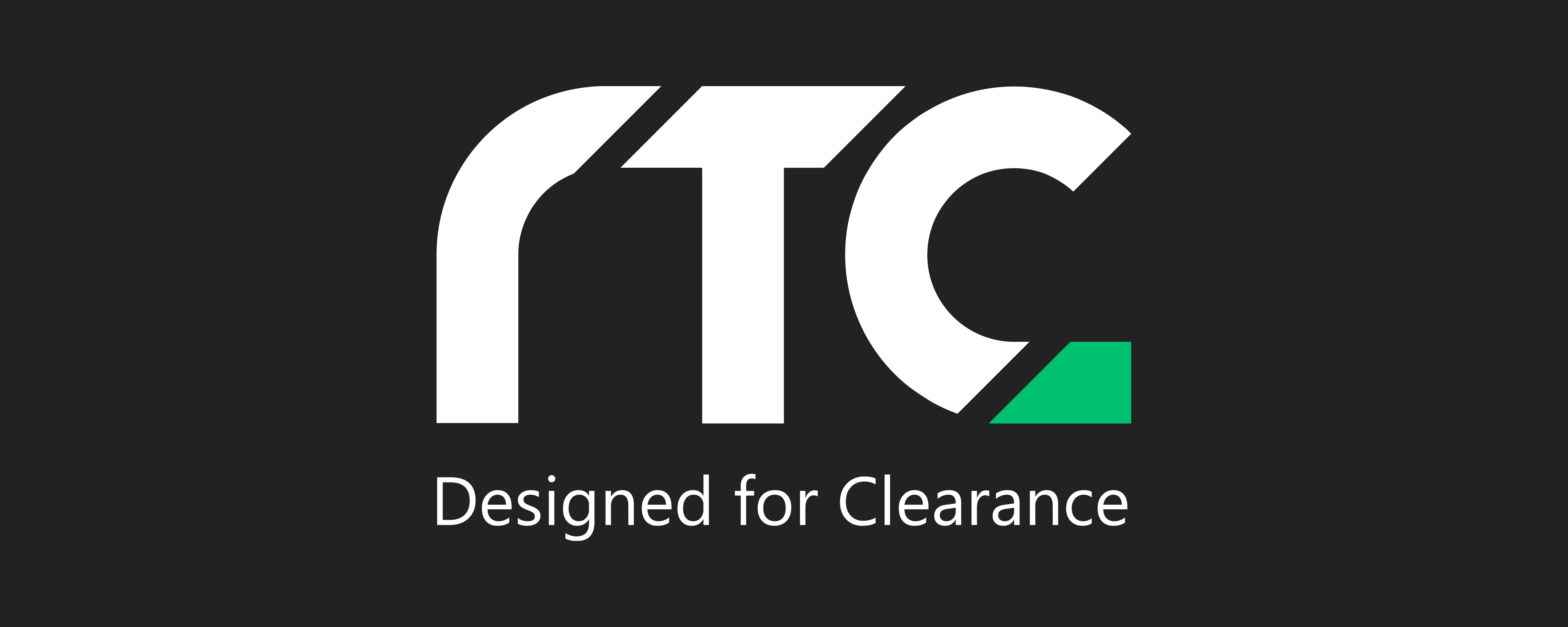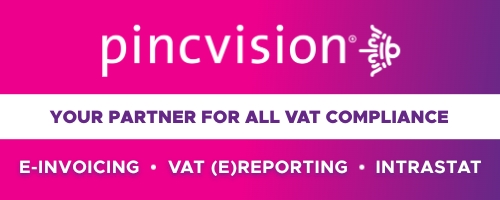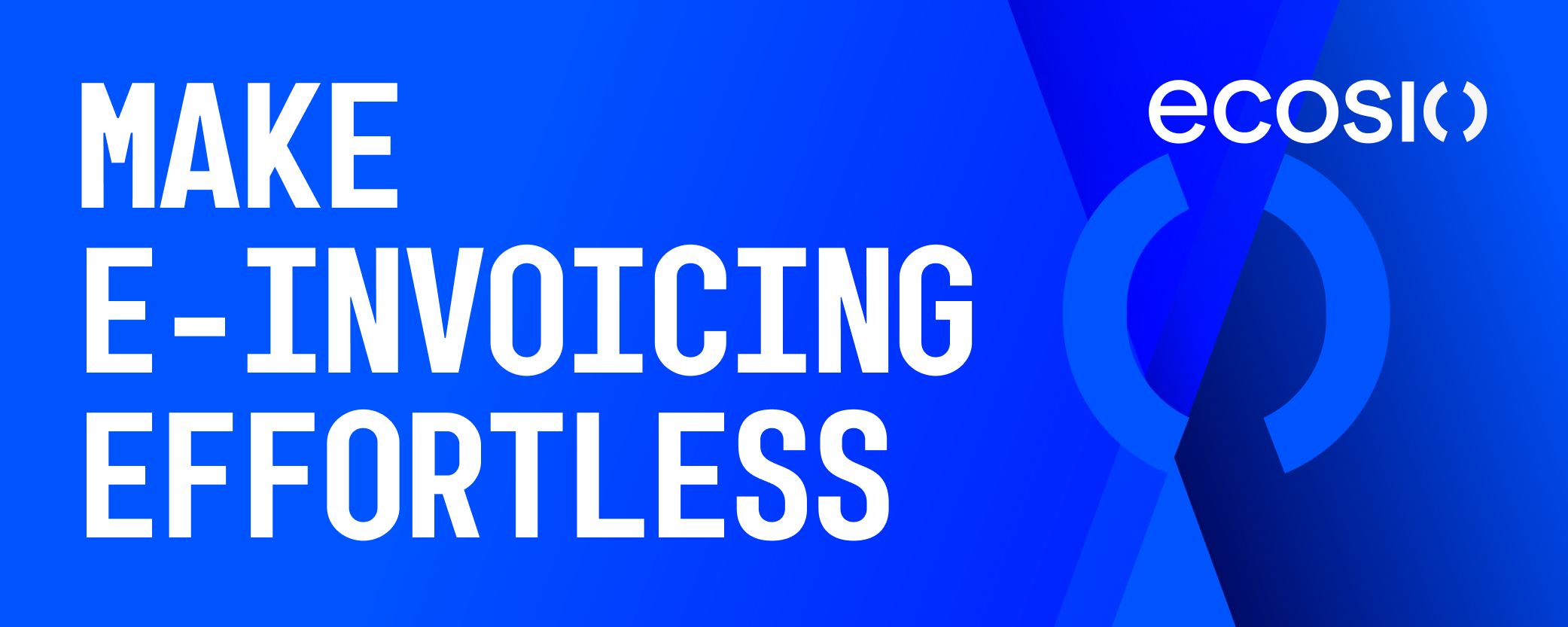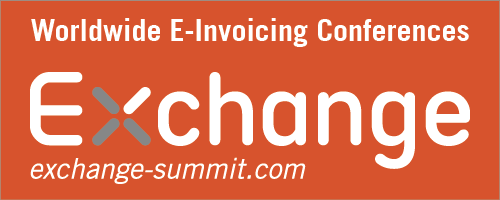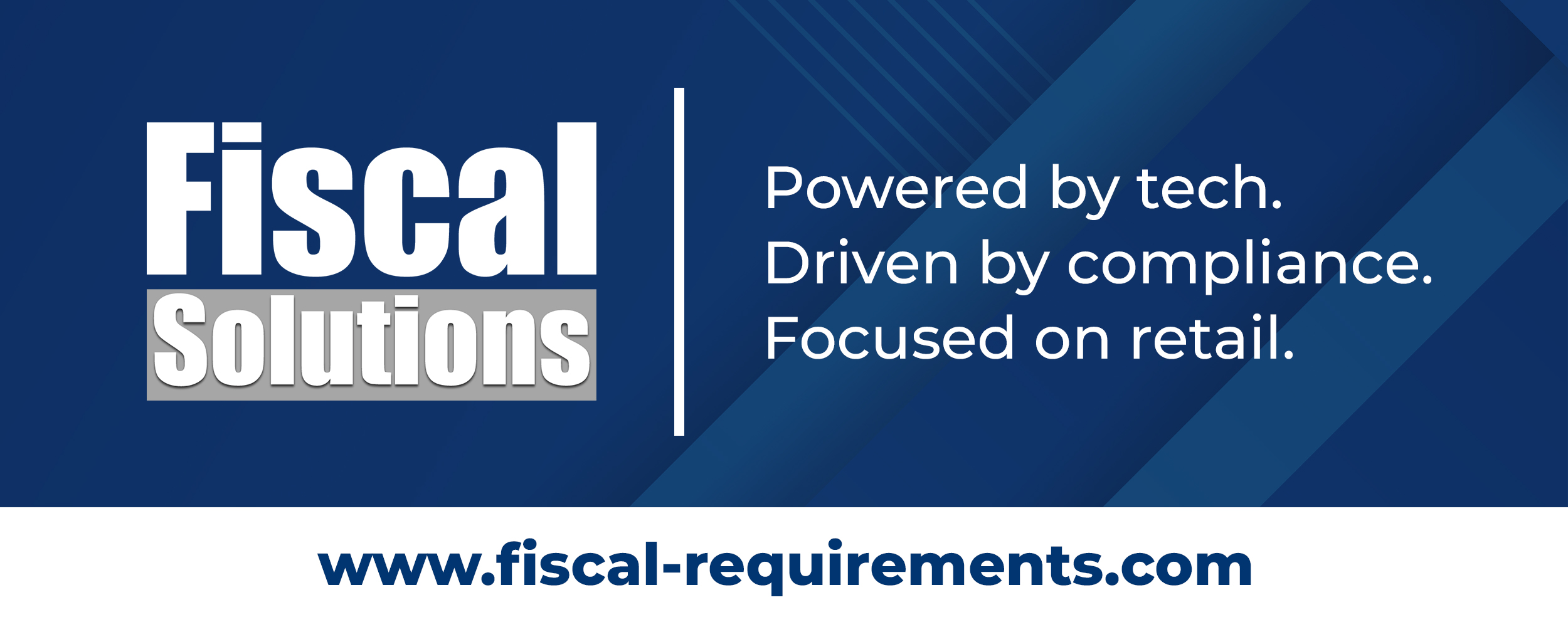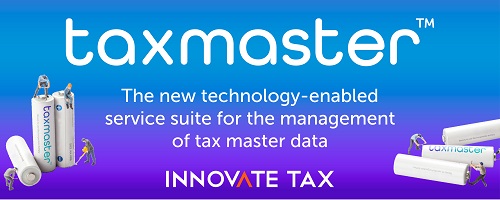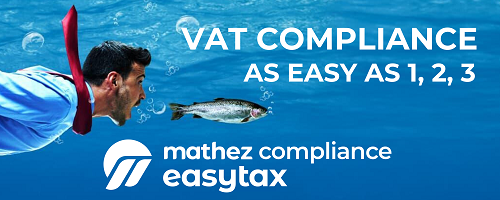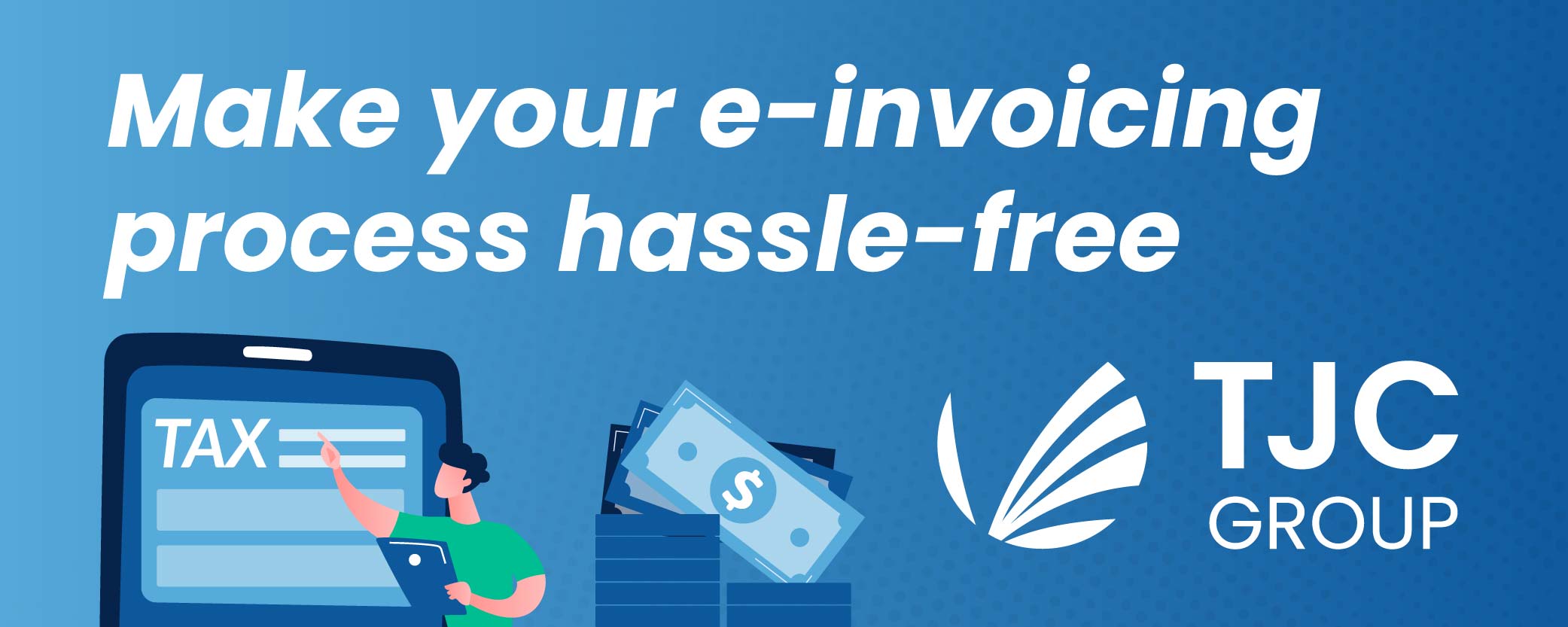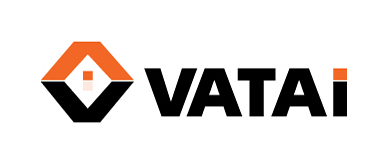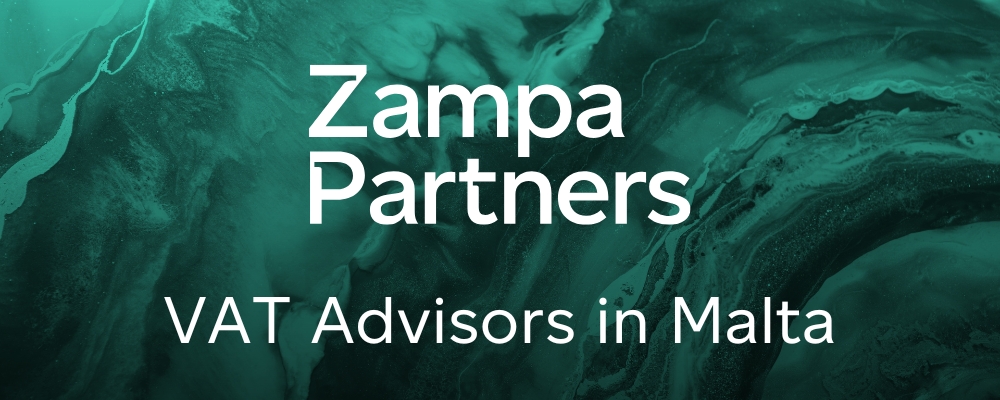- E-invoicing adoption in the U.S. is fragmented with no federal mandate or consistent standards.
- Structured e-invoices improve efficiency and tax compliance, but most U.S. businesses still use PDFs.
- The DBNAlliance offers an interoperable solution using global standards.
- Over 250 e-invoicing service providers in the U.S. support more than 15 invoice formats.
- The U.S. lacks a central authority to mandate or harmonize e-invoicing.
- Invoices in the U.S. are treated like any other business document without a formal standard.
- Definitions of e-invoices vary, with many businesses considering PDFs as electronic invoices.
- Only 20% of large U.S. businesses send structured e-invoices.
- Paper and PDF invoices create inefficiencies and increase the risk of errors.
- Many businesses still use checks for payments, delaying cash flow and increasing risks.
- Nearly 92% of e-invoices are paid on time compared to 45% of paper invoices.
Source: avalara.com
Note that this post was (partially) written with the help of AI. It is always useful to review the original source material, and where needed to obtain (local) advice from a specialist.
Latest Posts in "United States"
- 2025 Bill Expands Retail Sales Tax to Include Advertising, Live Presentations, and IT Services
- Arlington Heights Implements 1% Local Grocery Tax Starting January 2026, Replacing Expiring State Tax
- Arlington Heights Implements 5% Streaming Tax to Fund New Ambulance Service
- Understanding Sales Tax Compliance for Subscription-Based Businesses: Key Rules and Strategies
- California Cities Update Sales and Use Tax Rates Effective October 1, 2025



